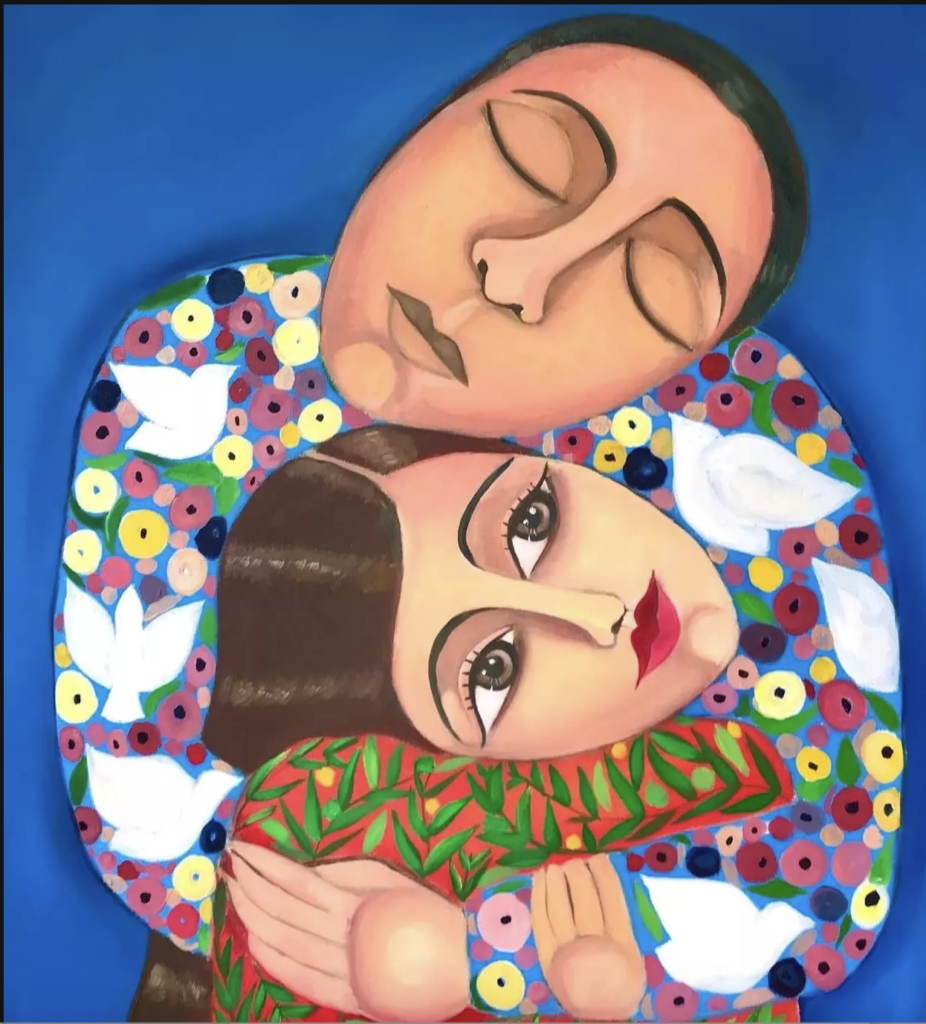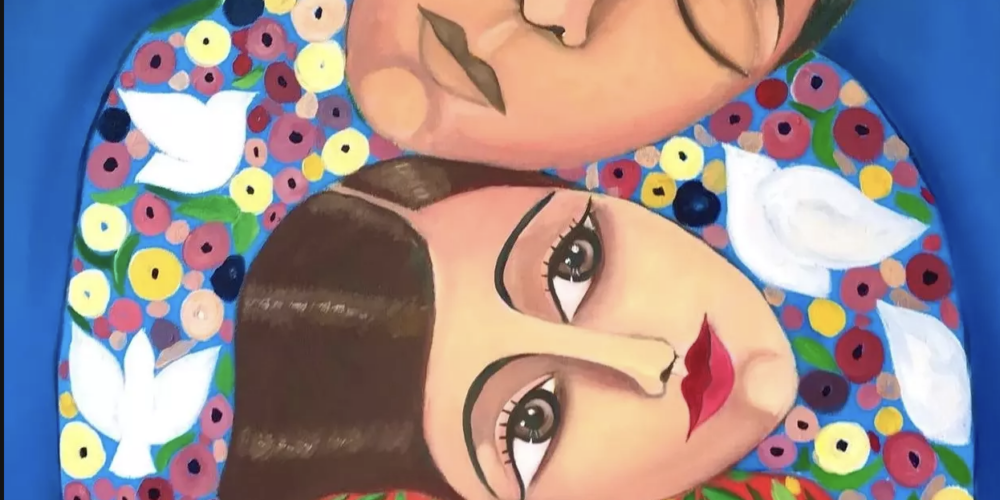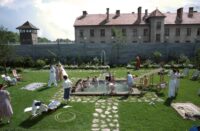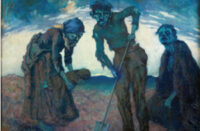From its outset, International Women’s Day was characterised by the fight for peace, against militarism and war. At the Second International Conference of Socialist Women at Copenhagen in 1910, resolutions concerning the “maintenance of peace” and “to combat internationally militarism and secure peace” were tabled in response to the growing threat of war.
Artists also addressed the issue of war – among them the outstanding German artist Käthe Kollwitz (1867–1945), celebrated for her versatility as a sculptor, graphic artist, and her remarkable woodcuts. Her work reflects a profound social and political awareness, capturing human emotions and suffering, particularly in the context of war and social injustices, with poignant resonance. Kollwitz, who lived through both world wars and lost her son in the first days of the first world war and her grandson in the second, created the woodcut cycle “War” in 1921-1922. Seven plates focus on central aspects of war: “The Victim”, “The Volunteers”, “The Parents”, “The Widow”, “The Widow II”, “The Mothers”, “The People”. Here we will look at the plate “The Parents”.

Lacking the strength to stand, kneeling, inseparable figures leaning into and over each other in their darkest hour, in grief over the death of their child. The woman burrows deep into the crook of her husband’s arm, seeking support in him. Her face is not visible. He leans protectively over her and holds her sideways with his arm and hand. With his own head pulled between his shoulders, he simultaneously leans on her and covers his own face in desperation with his large right hand. Together, the devastated couple form a cone shape, an extreme shrinking into the most condensed form. The black colour emphasises their inexpressible pain, while the treatment of the wood creates contrasts – such as the horizontal lines of the man providing support with the more bent lines of the mother’s garments, whose back is the most heavily pounded part of the work. The dramatic contrast between the dark, solid shape and the light-coloured background also heightens the effect. A key aspect of the composition is that the viewer does not see the faces, but that the strong emotional impact emerges from the body language of the couple, which have all but merged into one. Their despair is deepened by the fact that it is not directed outwards, but very privately inwards. Viewers witness it, but from the outside. Our humanity is challenged in the face of such pain and looking at this work, we are still moved to the core.
There is a certain similarity in composition in the painting by the young Palestinian artist Malak Mattar, born in Gaza in 1999. In this painting “We Have in This Earth What Makes Life Worth Living”1, a mother wraps her arms protectively around her daughter, completely framing her face and upper body, creating a sense of profound security. She keeps her eyes closed and seems to be dreaming of peace: the sleeves of her blouse are decorated with white doves and colourful flowers. The child’s serious brown eyes are open and form a contrast to the mother, as does her dress, which differs slightly in colour and shows motifs of olive branches with their elongated green leaves and small fruit. In addition to the fact that olive trees strongly associate Palestine, the olive branch has been a symbol of peace since ancient Greece. Picasso’s dove also carries an olive branch in its beak. This picture contains both symbols, united in the longing for peace. The composition is framed by a wonderfully peaceful, Mediterranean blue sky. The work expresses hope rather than despair, speaks of the deepest love between mother and child and thus affects the viewer emotionally.

Mattar processes her experience of war and counteracts it by using strong colours and conveying confidence. She has already experienced five wars in her life and says about the trauma of war: “It’s not something that can be let go of, shaken off; it seeps into you and becomes a part of you. How can you process something that has not ended? People don’t survive war, it affects your mental health.” The power emanating from the painting conveys the sense that the artist will continue to advocate for peace and justice in her homeland.






